Hiking etiquette: dos and don'ts in hiking
Brush up on your hiking etiquette before you hit the trail to help protect yourself, other trail users, local wildlife and the environment

Hiking etiquette? What do you meaning, hiking etiquette? Surely walking on a trail meant for walking on doesn't leave much room for committing social faux pas or environmental misbehavior? While it's true that as far as outdoor activities go, hiking is relatively low impact – it doesn't require infrastructure, fuel consumption or campfires – there is still some margin for error in the way you approach your walks. With more people on the hiking trails than ever, it's crucial that you don't be that annoying trail user who's blasting music or tossing your orange peels into the woods. Brush up on your hiking etiquette before you hit the trail with our 10 commandments of hiking to help protect yourself, other trail users, local wildlife and the environment
Even if you'd never dream of dropping litter on the ground, from cutting switchbacks to going to the bathroom in the woods, there are lots of subtle ways you can leave more of footprint than you probably realize on your surroundings. In order to preserve your favorite hiking trails, and the wildlife that call it home, it's important to approach the outdoors in an ethical, conscientious, and sustainable manner. The good news is that making just a few small tweaks to the way you go about getting your trail time could make a big difference. Read on for our guide to hiking etiquette to ensure you are acting as a steward of nature every time you pull on your best hiking boots.
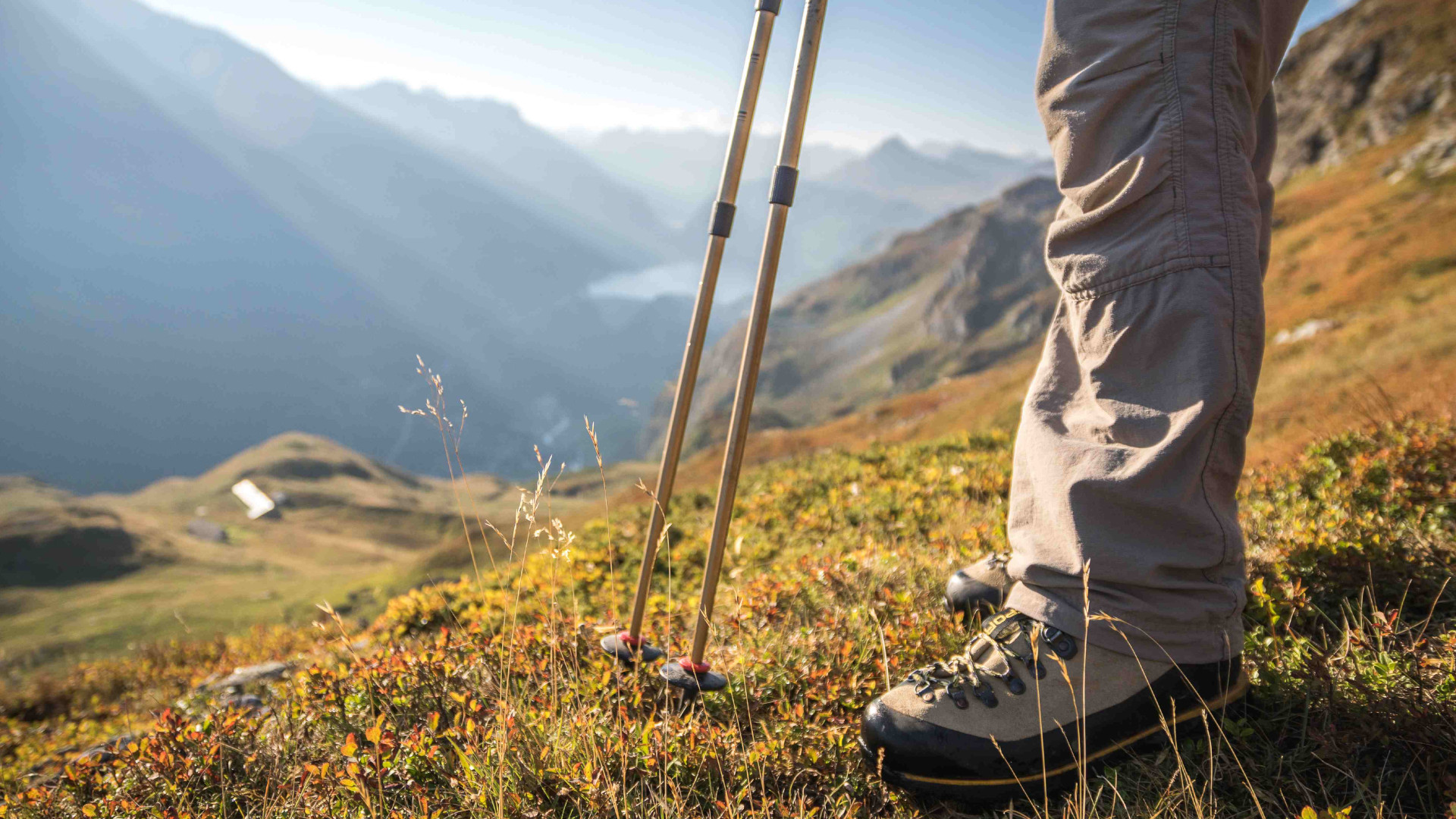
1. Plan ahead
There is definitely some overlap between people who love to hike and people who love to adventure spontaneously, but planning your hike and knowing what to expect actually play a big role in protecting yourself, others, and the ecosystem into which you're venturing.
Some things you can do to ensure you’re ready to do your trail time conscientiously include the following:
- Research your route before you leave to make sure you’re not biting off more than you can chew, thus reducing the risk of having to seek help from (and thus endangering) other hikers or rescue services
- Familiarize yourself with local or park regulations as regards camping, trail use, and bringing pets along for the trip
- Brush up on frequently on the basics, such as how to read a map, how to use a compass, and how to leave no trace
- Pack all hiking essentials (best waterproof jacket, best waterproof pants, water, food, illumination, warm clothing, first aid kit, navigation aids) so you can be entirely self-sufficient
- Learn of any fragile habitats in which you must take extra care or should avoid
- Familiarize yourself with any required wildlife safety precautions for the area where you'll be hiking
- Find a safe and considerate place to park your vehicle

2. Do no harm
You might not think that you can possibly be harming anyone or anything when you're on a walk, but there are many ways to leave a trace that can be more destructive than you might think.
Some simple, seemingly innocuous acts that might actually cause harm – and which you should avoid – include:
- Shifting rocks (either voluntarily or accidentally when walking off-trail)
- Wild camping in areas where you might disturb wildlife and damage fragile terrain or microecosystems
- Hiking off-trail (see #10)
- Urinating or defecating near water sources
- Burying trash
- Making excessive noise (a disturbance to human and non-humans in the area alike)

3. Buy ethically
Hiking can definitely seem low-maintenance in terms of gear compared to, say, hang gliding, but the hiking gear industry in the US alone was valued at $5.8 billion in 2020 according to Business Wire – that's a lot of production. As the number of trail-goers rises worldwide, the sourcing, employment, and production practices of many outdoor brands leave a lot to be desired from an ethical and environmental viewpoint.
All the latest inspiration, tips and guides to help you plan your next Advnture!
We’d be loath to pose as cheerleaders or touts for specific brands by praising their merits over others. Instead, we merely suggest putting in a little bit of research before heading to the checkout or hitting the ‘buy’ button.
Some things to look out for are brands that:
- Shop the best eco friendly outdoors brands
- Use recyclable, organic, and/or ethically sourced materials
- Give back to humanitarian, social, or environmental causes
- Make sure the brands you patronize have a sound and ethical supply and production chain and pay everyone in those chains a decent, living wage
- Use products and materials that are Bluesign approved or Fair Trade Certified
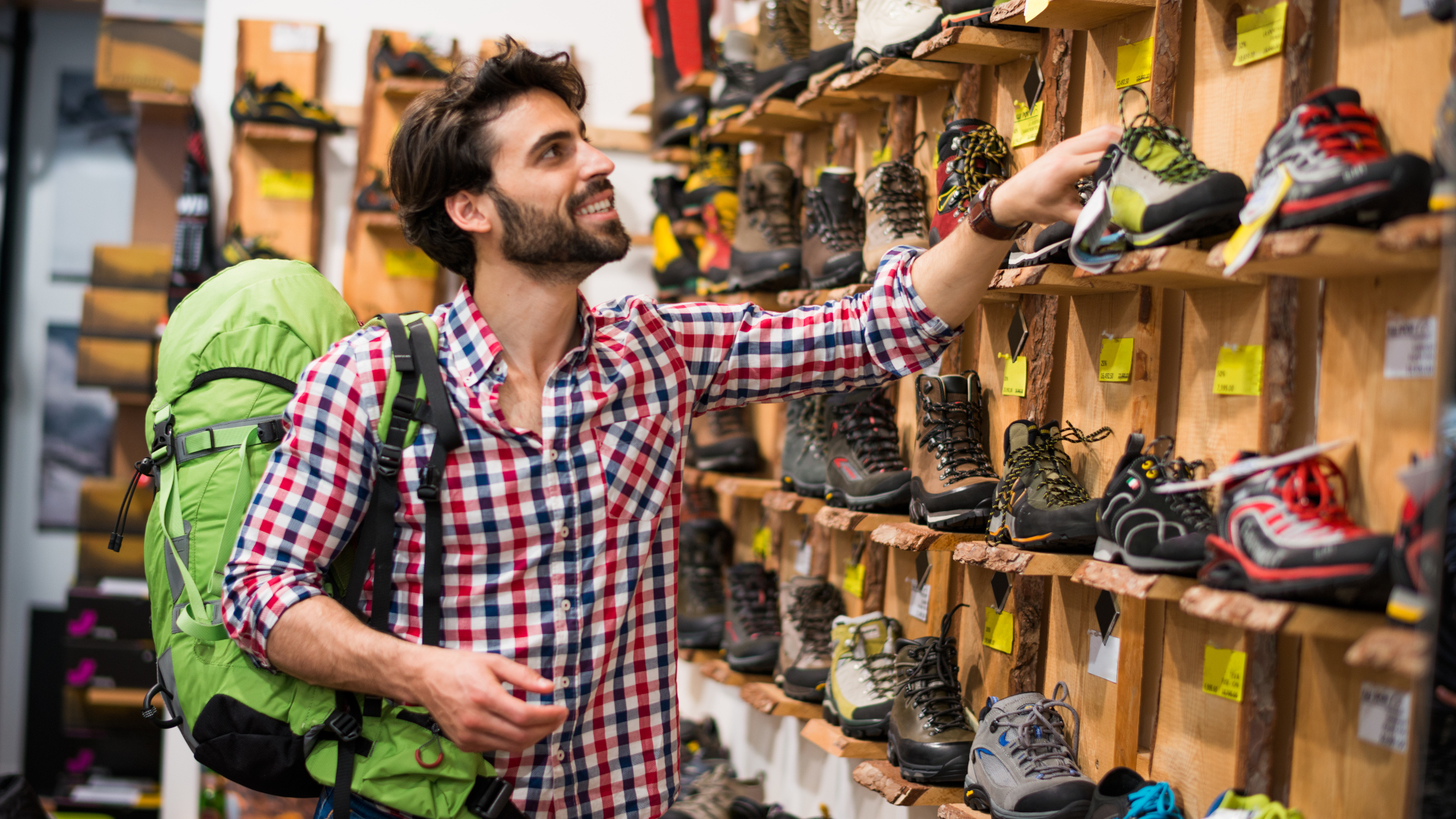
4. Travel ethically
Few of us are lucky enough to live within a short commuting distance of good hiking trails. For most of us, this means putting in the mileage in our vehicles in order to get in our trail time. In doing so, however, we can, alas, quickly rack up a sizable carbon footprint.
Whenever possible, try to travel to your trailheads on public transport or car-share with other hikers. While busses are maybe the lowest-impact option, you’ll be hard-pressed to find one to take you all the way to your trailhead and car sharing at least means the net carbon footprint for the trip will be divided between as many others as you manage to squeeze into the vehicle.
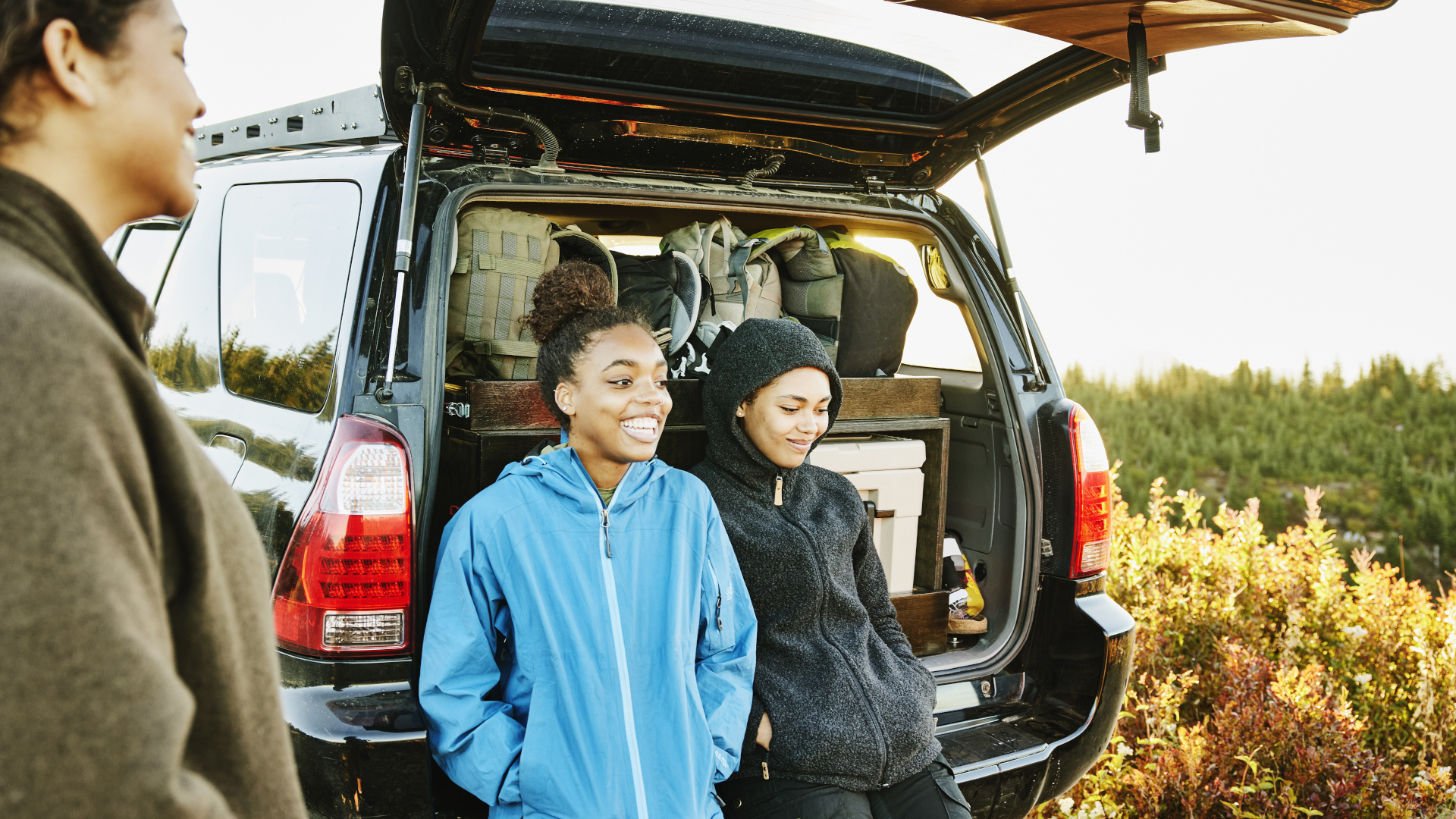
5. Go local
Of course, hiking on a budget usually means bringing all your own food, but remember that many of the communities within and surrounding popular hiking destinations are sustained almost exclusively by revenue brought by outsiders visiting the area to go hiking or participate in other outdoor activities.
To do your bit to help the communities in areas where you’re doing your hiking, buy supplies locally, consider hiking with a guide and enjoy your post-hike dinner and drinks in the local watering hole.

6. Take care of the wildlife
Any time you head into the backcountry, you share your environment with countless, usually unseen, others. Following a few simple rules of thumb will help to ensure you don’t inadvertently bring harm to any creatures, great or small.
Don’t feed animals. There are several reasons why feeding animals should be avoided. Most notably because it:
- Puts you at risk of an attack
- Habituates animals to human food, making them more likely to seek it out in future
- Causes animals to lose their natural fear, leaving them more vulnerable to hunters, vehicular fatality, and disease spread amongst unnaturally dense populations that have concentrated near human settlements to enjoy freebie feeds
- Fosters expectation and dependency: providing an artificial food supply can result in animals producing larger families that they are then unable to sustain, which can result in starvation if that supply, for any reason, is no longer available
Don’t steal their food. It’s always a pleasure to come across wild eats (berries, mushrooms, nuts, seeds, and even fruits) when out on our hikes. However, what might give us a few minutes’ satisfaction might well be a vital food source upon which the area’s critters rely for sustenance.
Keep your pets leashed. When hiking with your dog, observe local regulations regarding the use of a leash and be mindful that your pup is more likely to spook wildlife than you are. Also, other hikers with a fear of dogs or allergies may have chosen to hike there assuming they’ll be spared close encounters with canines.
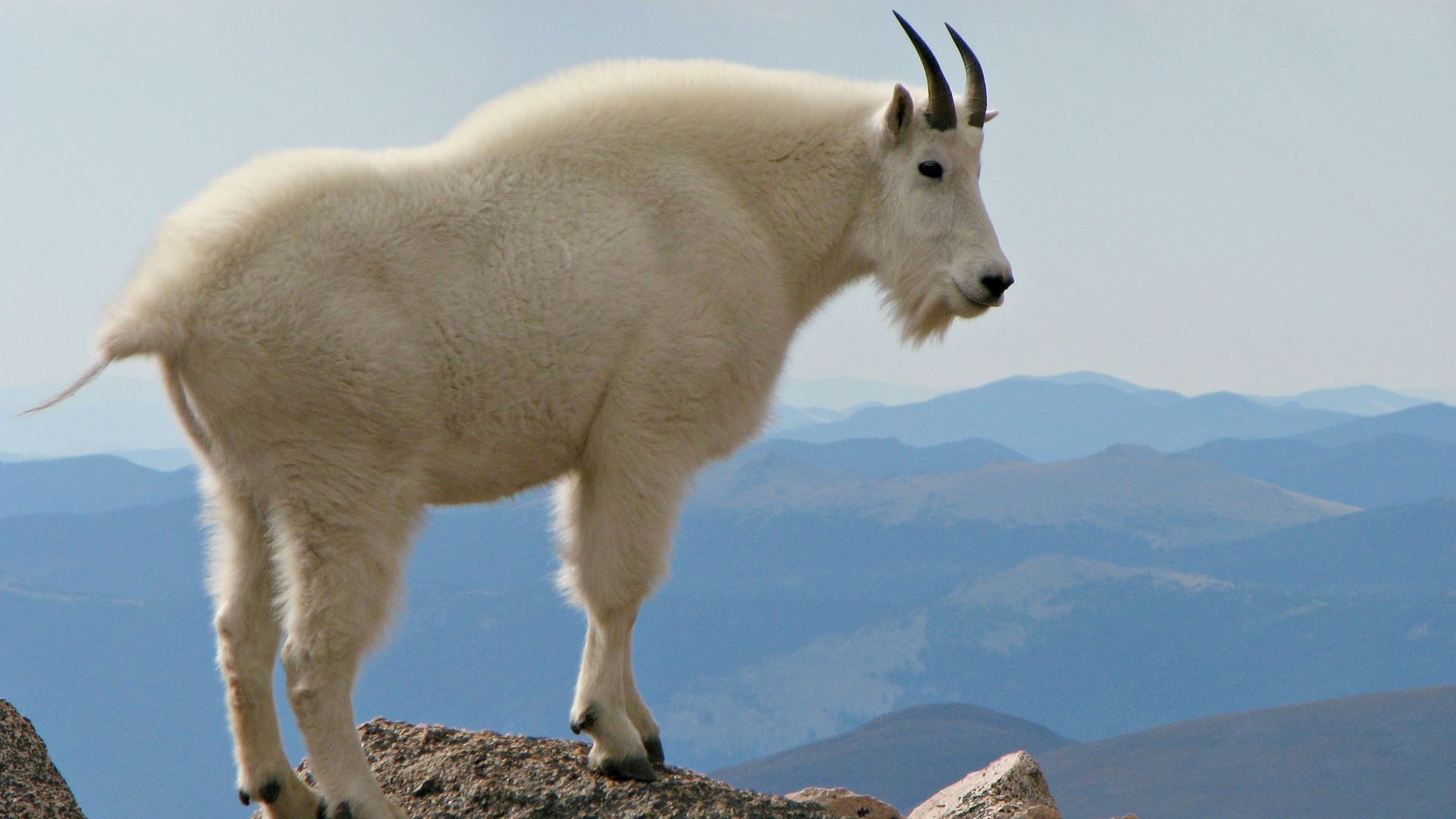
7. Be self-reliant
On the face of it, being self-reliant while getting your wander on in the backcountry might not appear to be a matter of conscientiousness or related to hiking etiquette. However, being unable to take care of yourself might result in others (whether volunteers, rescue services, or fellow hikers) being summoned to come to our aid, thereby exposing them to risks they would otherwise have avoided.
The main components required for self-reliance when hiking are summed up in the ‘Ten Essentials of Hiking’, a simple list of each of the must-have items or groups of items that every hiker should carry and/or be competent in using before taking on any trail:
- Navigation (map, compass, GPS device)
- Shelter (tent, emergency shelter, bivy sack, or tarp)
- Fuel/nutrition (hiking snacks and freeze-dried meals)
- Hydration (adequate H2O)
- Insulation (adequate clothing)
- Sun protection (sun hat, sunscreen)
- Fire (matches, lighter, or ferrocerium fire starter)
- Illumination (headlamp or flashlight)
- First-aid kit
- Multitool
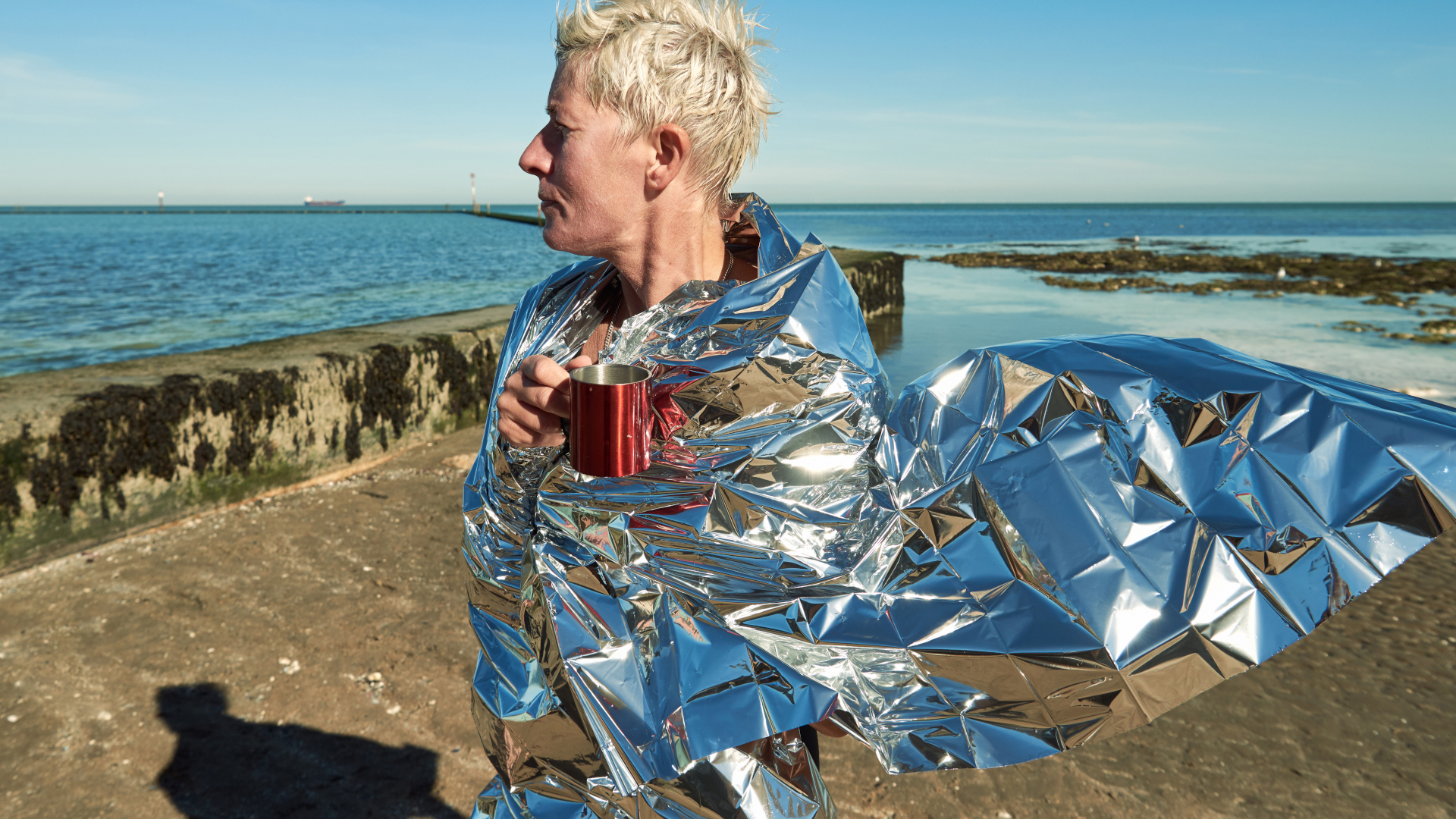
8. Respect other trail-goers
Having a trail entirely to yourself is a rarity even in the world’s most unfrequented hiking areas. To ensure you don’t detract from the experience of other trail-goers, it’s a good policy to:
- Avoid making excess noise (shouting only in the case of an emergency and using headphones to listen to music, if you must!)
- Yield the right of way (see 9)
- Let other hikers pass if moving slowly and if you can do so safely
- Leave plenty of room for other hikers to pass when taking rest breaks
- Camp a respectful distance from other campers unless space is limited or invited to join camps

9. Understand who has the right of way
Hiking trails are rarely used by hikers alone and one of the biggest questions among new hikers is, who has the right of way?
When you encounter other trail users, here’s what to do:
Horses. If you encounter a horse on the trail:
- Give them a wide berth
- Don’t make any sudden movements or loud noises that might startle the horses
- Shift onto the lower side of the trail to let them pass if possible (horses typically bolt uphill as opposed to downhill when spooked)
Bikers. The unwritten hiking etiquette rule when hikers encounter bikers on the trail is that bikers should yield the right of way. Why? Because mountain bikes are considered more maneuverable than the limbs of walkers, it’s assumed that it will be easier for bikers to stop or change direction.
However, because bikers tend to be moving faster and are more likely to lose control if forced to stop or divert course suddenly, common sense dictates that in some cases the interests of both hiker and biker will be best served by the hiker yielding the right of way.
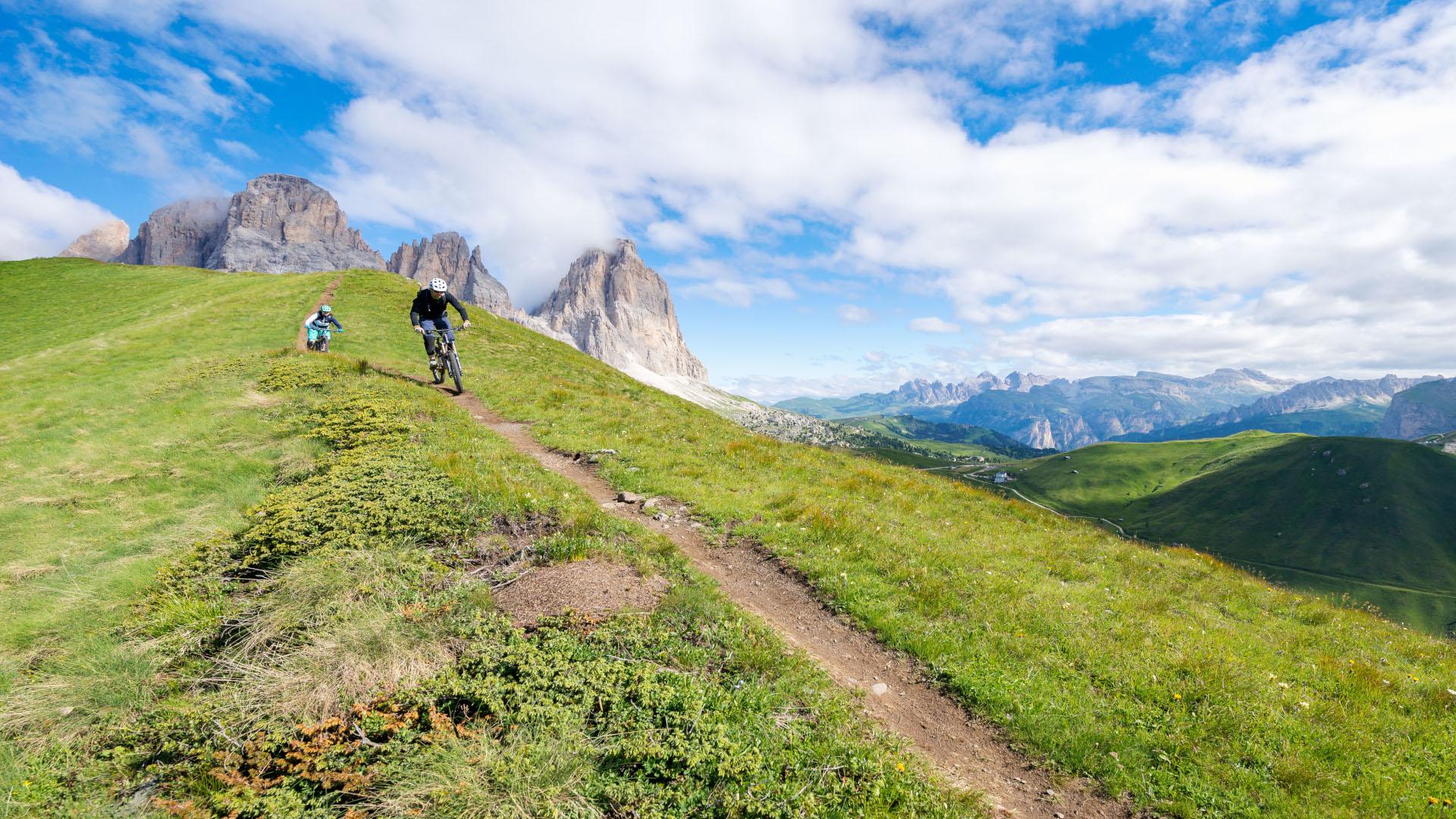
Other hikers. The age-old rule of thumb in this oft-encountered scenario is that hikers heading downhill should yield the right of way. This is because uphikers have a smaller field of vision and are usually less aware of their surroundings than those on the descent. They will also find it harder to regain their rhythm after stopping.
While many an uphill hiker will gladly yield the right of way to downward-bound hikers in order to catch their breath and take a rest, the downhiker should always be prepared to step aside and let the uphiker pass.
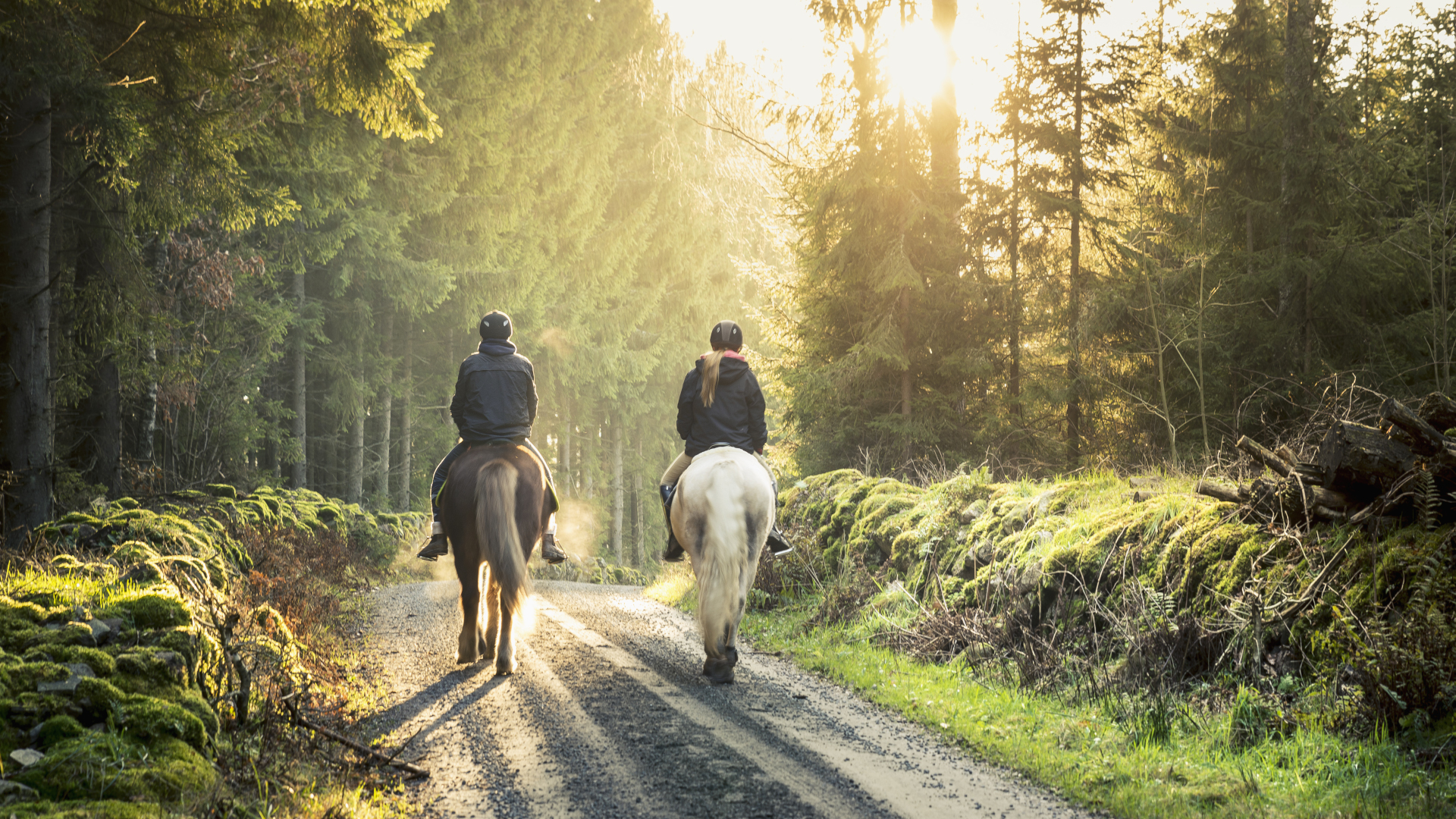
10. Stay on the trail
This hiking etiquette instruction is often hard to stomach for those who hike as a means of getting 'off the beaten path', the free spirits, or those who simply don’t get the usual kicks plodding along behind a slow-moving herd of fellow trail-goers. Nonetheless, it’s one of the most important rules to abide by if you intend on doing your hiking in a way that respects wild environments and their non-human inhabitants. Heading off-trail should be avoided for several reasons, most notably because it:
- Increases the chances of encounters with animals, which are used to humans sticking to established trails
- Can cause damage to trees, sprouts, mosses, fungi, and other delicate plant life
- Contributes to erosion
- Increase flood risk by compressing the topsoil so it no longer soaks up rainwater and diverting existing drainage channels
- Increases the risk of becoming lost (see #7)
- Makes you more likely to sustain an injury and more difficult to find for rescuers or other hikers
- Encourages the copycat effect - where you go, other hikers are more likely to follow, thereby compounding damage and potentially leading less experienced hikers into terrain they are less capable of negotiating
- Increases the risk of dislodging rocks that can either strike hikers on established trails below or become impediments on the trail itself
- How to pack a backpack: essential tips for a successful trip
Former Advnture editor Kieran is a climber, mountaineer, and author who divides his time between the Italian Alps, the US, and his native Scotland.
He has climbed a handful of 6000ers in the Himalayas, 4000ers in the Alps, 14ers in the US, and loves nothing more than a good long-distance wander in the wilderness. He climbs when he should be writing, writes when he should be sleeping, has fun always.
Kieran is the author of 'Climbing the Walls', an exploration of the mental health benefits of climbing, mountaineering, and the great outdoors.

